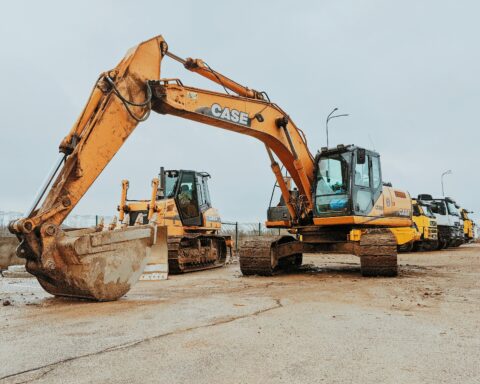The Environmental Protection Agency (EPA) has formally proposed a final rule to implement a plan to curb excessive methane emissions by oil and gas companies.
The oil and gas sector is the largest industrial source of methane emissions in the United States, responsible for approximately one-third of total U.S. methane emissions.
The $369 billion Inflation Reduction Act (IRA), which aims to reduce carbon emissions by 40%, was passed in 2022. Under the law’s Methane Emissions Reduction Action Plan, companies who report carbon emissions of more than 25,000 metric tons will pay $900 per ton for their methane output beginning this year. Companies will pay $1,200 more in 2025 and $1,500 in 2026 and beyond.
The final plan details how the EPA expects states to eventually enforce the new law. The final rule will take effect 60 days after it is published in the Federal Register.
The EPA will give states two years to create a plan to implement the new regulations.
Companies will be required to check their equipment for methane leaks. The EPA’s final rule allows businesses to check methane levels with their choice of either a periodic screening approach or a continuous monitoring approach — something companies pushed for during the public comment period.
The EPA said its rules also include phasing out and eventually prohibiting routine flaring of gas from wells, including a transition period for owners to incorporate the new requirement. Flaring is a common practice in which companies burn off excess gas that is unearthed along with oil.
When flares aren’t fully lit or when the flame goes out and isn’t reignited, raw methane vents into the atmosphere.
A Super Emitter Program that requires owners and operators to investigate large emissions following EPA notifications is another key element of the final rule.
The Methane Emissions Reduction Action plan also includes more than $1 billion to accelerate the transition to no- and low-emitting oil-and-gas technologies and working with stakeholders to improve the Greenhouse Gas Reporting Program.
“For too long it has been cheaper for oil and gas operators to waste methane rather than make the necessary upgrades to prevent leaks and flaring. Wasted methane never makes its way to consumers, but they are nevertheless stuck with the bill,” said Rep. Frank Pallone Jr., ranking member of the House Energy and Commerce Committee.
Facilities in compliance with the recently finalized Clean Air Act standards for oil and gas operations will be exempt from the charge after certain criteria set by Congress are met.
The EPA said it expects that over time, fewer facilities will face the charge as they reduce their emissions and become eligible for this regulatory compliance exemption.
All news and information on this site is provided by the team at Strategic Partnerships, Inc. Check out this short 1-minute video that provides a quick overview of how we work with clients.













